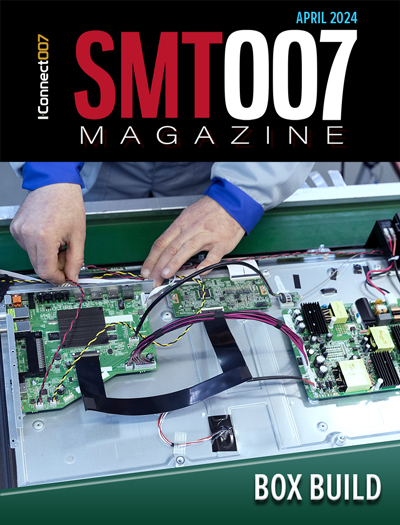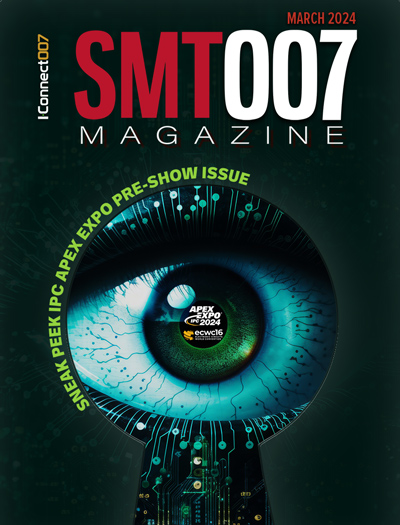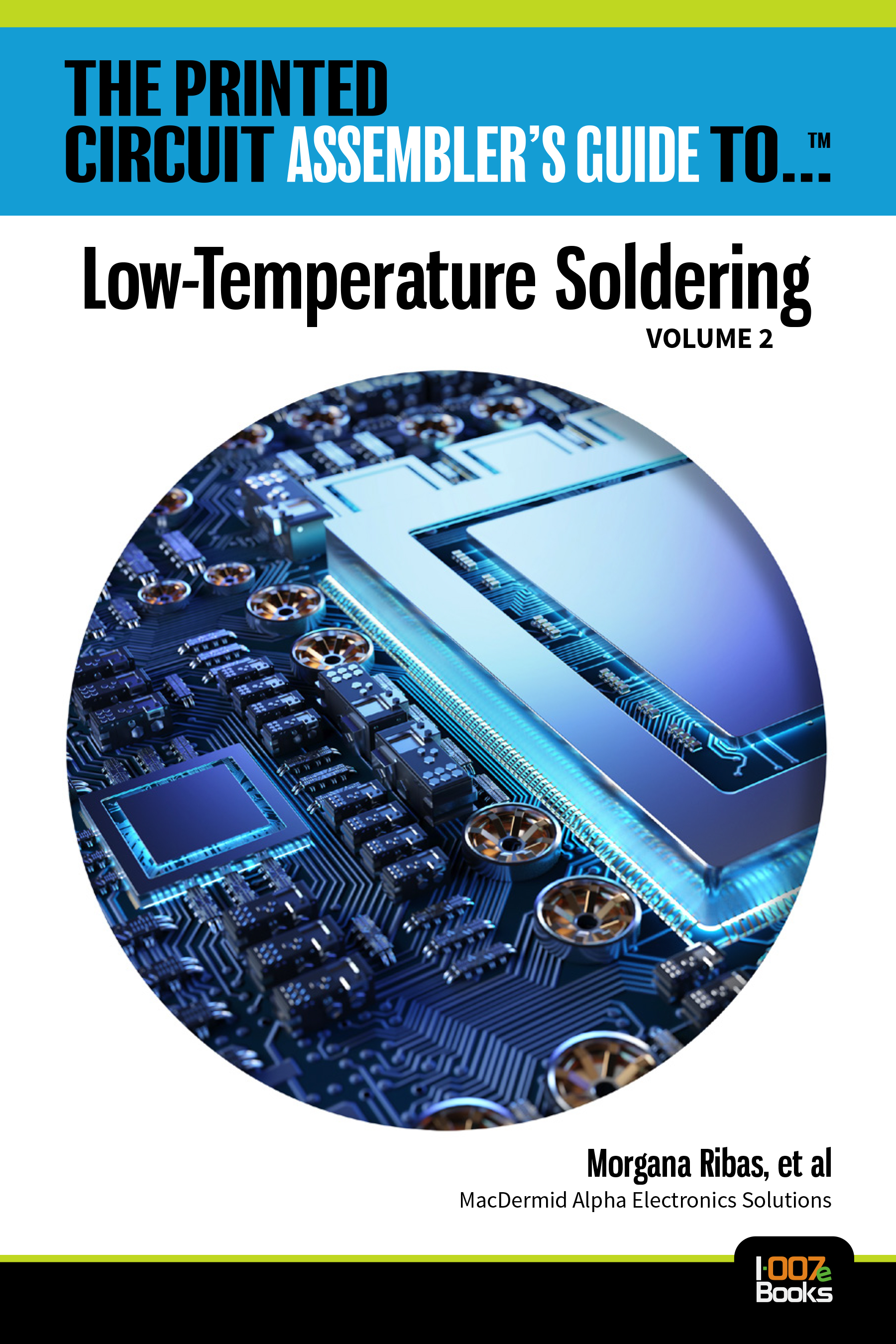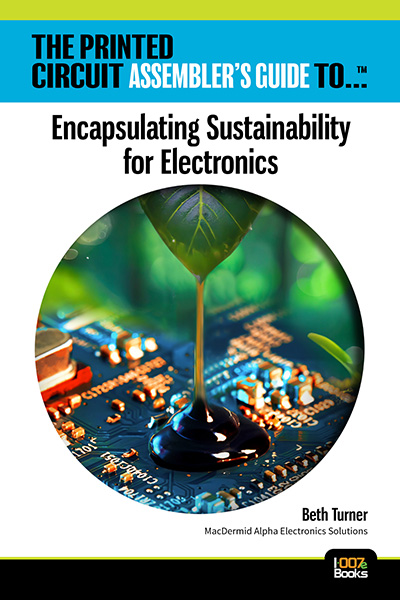-

- News
- Books
Featured Books
- smt007 Magazine
Latest Issues
Current Issue
Box Build
One trend is to add box build and final assembly to your product offering. In this issue, we explore the opportunities and risks of adding system assembly to your service portfolio.

IPC APEX EXPO 2024 Pre-show
This month’s issue devotes its pages to a comprehensive preview of the IPC APEX EXPO 2024 event. Whether your role is technical or business, if you're new-to-the-industry or seasoned veteran, you'll find value throughout this program.

Boost Your Sales
Every part of your business can be evaluated as a process, including your sales funnel. Optimizing your selling process requires a coordinated effort between marketing and sales. In this issue, industry experts in marketing and sales offer their best advice on how to boost your sales efforts.
- Articles
- Columns
Search Console
- Links
- Events
||| MENU - smt007 Magazine
SMT Solver
Column from: Ray Prasad
Author of text book - Surface Mount Technology - Principles and Practice and over 100 papers, Mr. Ray Prasad is an inductee to the IPC Hall of Fame, the highest honor in our industry for his contribution to the electronics industry. He is also the recipient of IPC President's Award, SMTA Member of Distinction Award, Intel Achievement Award and Dieter W. Bergman IPC Fellowship Medal.
As the Lead Engineer, he introduced SMT into the airplanes and defense systems at Boeing and as SMT Program Manager, managed the global implementation of SMT at Intel Corporation when SMT was at its infancy. Mr. Prasad’s expertise includes all areas of SMT including SMT, Fine pitch, BGA, BTC and all aspects of SMT design and manufacturing.
In his consulting practice since leaving Intel in mid-90s, Mr. Prasad has helped many clients over the years in setting up brand new SMT manufacturing lines, process audits and yield improvement, in house DFM document development, legal disputes as technical expert and teaching of in-depth SMT classes at OEM and EMS client sites across the globe.
He is currently the Chairman of three IPC Committees - IPC 7095 (Design and Assembly of BGAs), IPC 7093 (Design & Assembly of BTCs) and IPC 7530 (Reflow Profile Development). He also chaired and initiated the development of land pattern (IPC 782/7351) and baking and handling of moisture sensitive Plastic Packages (IPC 786/J-STD 20/33) to facilitate transition of assembly technology from through hole to SMT in early 80s.
Mr. Prasad received his BS in Metallurgical Engineering from the Regional Institute of Technology, Jamshedpur in India and MS in Materials Science & Engineering and MBA from the University of California at Berkeley. He is a registered Professional Metallurgical Engineer.


